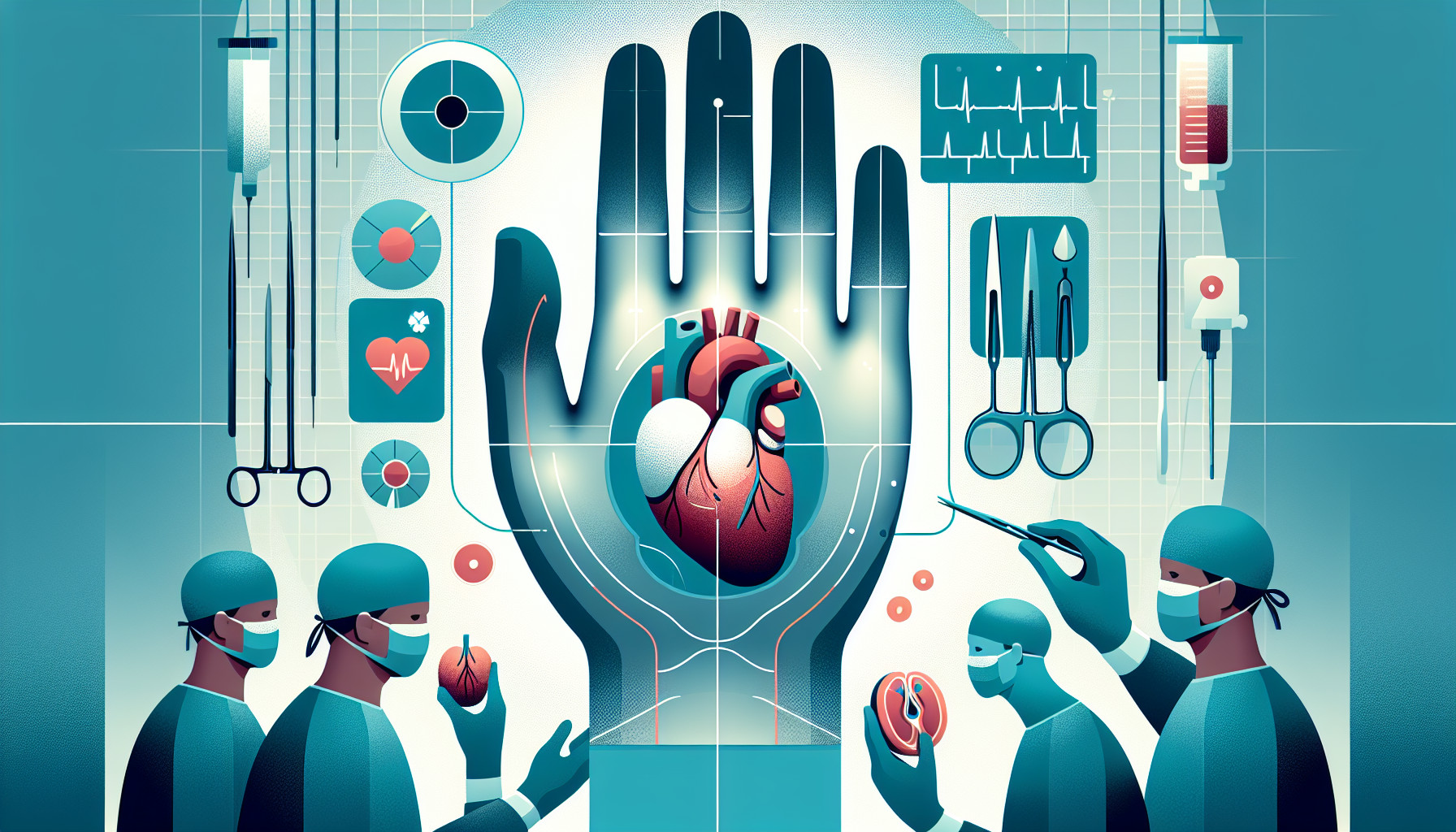Our Summary
This research paper discusses different methods to repair significant injuries to the back of the hand. The back of the hand is a complex area to repair due to its small size, the immobile tissue of the fingers, and the thin, fragile skin.
The paper reviews the different options for repairing these injuries and then presents three specific methods, each suited to different types of injuries and locations on the hand.
The authors express their opinion on which method is best for different types of injuries. For larger injuries on the middle to end of the first three bones of the hand (excluding the fingers), they recommend the single arm rotation flap. For medium-sized injuries with underlying soft tissue, they suggest a Burow’s graft. For medium to large injuries on the upper half of the hand bones, they recommend the O-Z flap. The methods for injuries to the fingers are not discussed in this paper.
In conclusion, the paper suggests that these three methods - the O-Z rotation flap, single arm rotation flap, or Burow’s graft - can be used to repair most significant injuries to the back of the hand.
FAQs
- What are the best reconstructive options for moderate to large dorsal hand defects?
- Which reconstructive method is best for larger defects on the mid-distal 1st-3rd metacarpals?
- What is the most suitable approach for medium- to large-sized defects on the proximal half of the metacarpals?
Doctor’s Tip
One important tip a doctor might give a patient considering a hand transplant is to carefully follow post-operative care instructions to ensure proper healing and functionality of the transplanted hand. This may include regular physical therapy, medication management, and avoiding activities that could put excessive strain on the hand during the recovery period. Additionally, maintaining a healthy lifestyle and avoiding behaviors that could compromise the success of the transplant, such as smoking or excessive alcohol consumption, can also be crucial for long-term success.
Suitable For
Patients who may be recommended for hand transplant typically include those with severe hand injuries or congenital abnormalities that cannot be adequately treated with traditional reconstructive surgery techniques. These patients may have experienced traumatic injuries, burns, amputations, or other conditions that have resulted in significant loss of function and aesthetic appearance in the hand. Additionally, patients with certain medical conditions such as peripheral nerve injuries or vascular insufficiency may also be considered for hand transplant as a potential treatment option.
Timeline
Before hand transplant:
- Patient experiences a traumatic injury or illness that results in a moderate to large dorsal hand defect.
- Patient undergoes consultations with plastic surgeons and hand specialists to discuss reconstructive options.
- Patient may undergo multiple surgeries and procedures to attempt to repair or reconstruct the hand defect.
- Patient may experience limited function and mobility in the affected hand, impacting daily activities and quality of life.
After hand transplant:
- Patient undergoes thorough evaluation and screening to determine eligibility for a hand transplant.
- Patient receives a suitable donor hand and undergoes a complex surgical procedure to transplant the hand.
- Patient undergoes intensive rehabilitation and physical therapy to regain function and mobility in the transplanted hand.
- Patient may experience complications such as rejection or infection, requiring ongoing medical management.
- Patient gradually regains use of the transplanted hand, improving quality of life and restoring function for daily activities.
What to Ask Your Doctor
- What are the risks and potential complications associated with a hand transplant surgery?
- How long is the recovery process after a hand transplant surgery?
- What kind of physical therapy or rehabilitation will be necessary after a hand transplant surgery?
- How long will it take for the transplanted hand to regain function and sensation?
- What are the chances of rejection of the transplanted hand and how is this managed?
- Are there any long-term complications or considerations to be aware of after a hand transplant surgery?
- How will the transplant affect my overall health and well-being in the long term?
- What are the success rates of hand transplant surgeries and what factors contribute to a successful outcome?
- Are there any alternative options to a hand transplant that I should consider?
- How many hand transplant surgeries have you performed and what is your experience with this procedure?
Reference
Authors: Neill BC, Roberts E, Tolkachjov SN. Journal: Int J Dermatol. 2021 Sep;60(9):1131-1134. doi: 10.1111/ijd.15558. Epub 2021 Apr 7. PMID: 33825187
